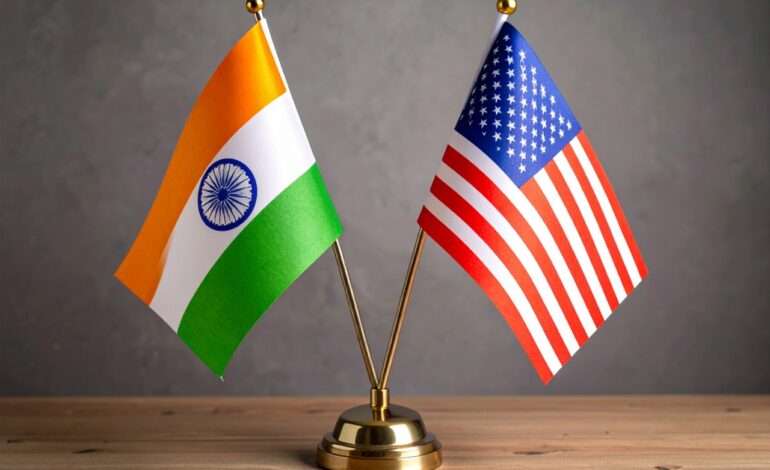
Trump’s tariffs on India could open door to new trade talks: HSBC
US President Donald Trump’s move to impose a 25% tariff on Indian imports may serve as a starting point for renewed trade negotiations, according to HSBC Global Research. The bank noted that India’s commitment to dialogue despite the tariff threat reflects its willingness to engage constructively.
Trump’s announcement, which also includes a penalty for India’s continued purchase of Russian oil, comes amid stalled trade talks that had reached advanced stages. Key sticking points included US demands for market access in Indian agriculture, dairy, and genetically modified products—sectors India has been reluctant to open due to domestic sensitivities.
Other trade barriers, including India’s licensing rules and import bans, were also criticized by Trump, who labeled them “strenuous and obnoxious.” A new point of contention is India’s crude oil imports from Russia, which currently account for about 35% of its total oil needs, up from just 3% in 2021.
HSBC analysts noted that India has already begun shifting away from Russian oil, with July data showing a significant decline in imports. This flexibility suggests that India could revert to sourcing more oil from the Middle East and the US, which could ease tensions.
The economists warned that if implemented, the elevated tariffs could shave over 0.3 percentage points off India’s GDP growth. The financial impact of the penalty for Russian oil purchases remains unclear.
Trump has announced varying tariff rates for other countries—15% for Japan and the EU, and 20% for Vietnam, Indonesia, and the Philippines—making the 25% rate on India one of the highest.
HSBC believes that resolving issues around oil sourcing and trade access could pave the way for a renewed and balanced trade agreement.